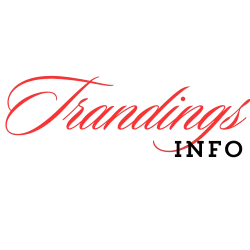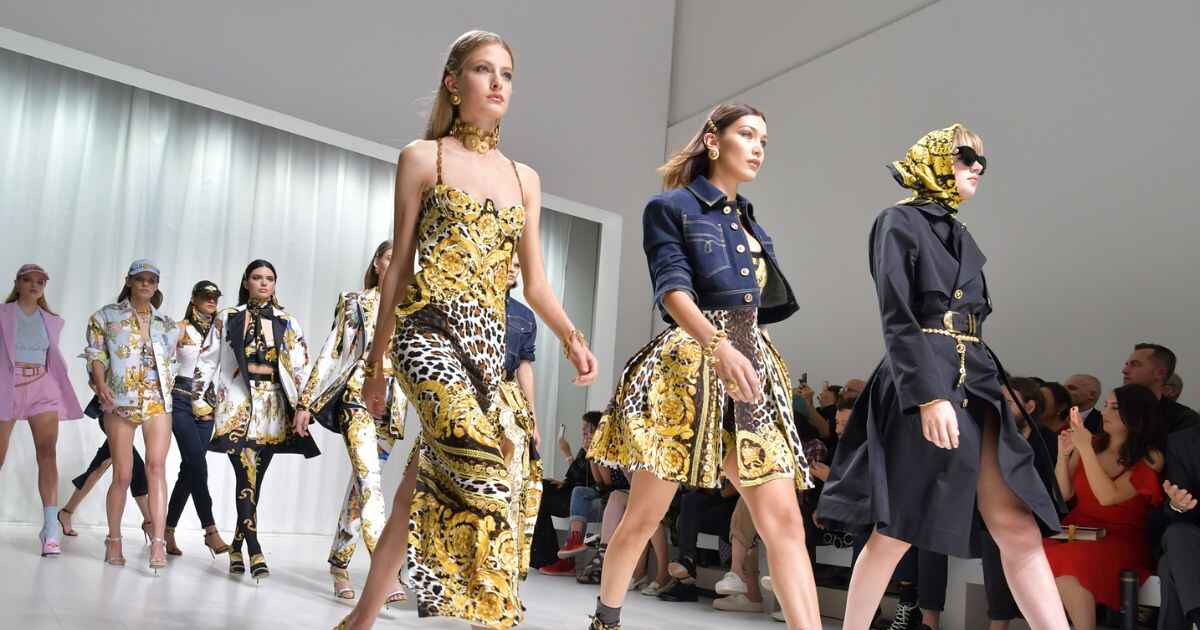Fashion is much more than a fleeting trend or a stylish accessory; it’s a reflection of our history, culture, and personal identity. The fashion evolution from mere functionality to a sophisticated form of self-expression is a fascinating journey that spans centuries. In this article, we’ll explore how clothing has transformed from its basic utilitarian roots into a powerful medium for expressing individuality and creativity.
The Origins of Fashion: Function Over Form
Fashion originally emerged from practical needs rather than aesthetic concerns. Early garments were crafted primarily for protection against the elements, with designs driven by functionality. Early humans used animal hides and natural materials to create clothing that provided warmth and safety, demonstrating that the primary purpose of fashion was to serve basic survival needs.
As societies evolved, the emphasis gradually shifted towards self-expression and status, but the roots of fashion still lie in its utilitarian origins. This transition highlights how form and function have always been intertwined in the history of clothing.
Early Clothing: Necessity and Protection
In the earliest days of human history, clothing served a fundamental purpose: protection. Early garments, crafted from animal hides, plant fibers, and rudimentary textiles, were designed to shield the body from the harsh elements of nature. These practical garments ensured survival, offering warmth and defense against environmental hazards.
Key Points:
- Animal Hides: Early humans used animal hides for warmth and protection. These were often the first form of clothing.
- Plant Fibers: As time progressed, plant fibers such as flax and cotton were woven into simple textiles.
- Cultural Significance: In various ancient cultures, clothing also began to signal social status and tribal affiliation.
Social and Cultural Significance in Ancient Civilizations
As civilizations like Egypt and Rome emerged, clothing evolved to reflect more than just practicality. Ancient Egyptians adorned themselves with linen garments that signified status and role within society. Similarly, Roman attire, including the toga, was a powerful symbol of citizenship and social rank.
Example:
- Egyptian Linen: The use of fine linen and elaborate jewelry indicated social class and religious roles.
- Roman Togas: Togas were worn by Roman citizens and were a mark of authority and social position.
The Middle Ages to the Renaissance: Shifts in Fashion Priorities
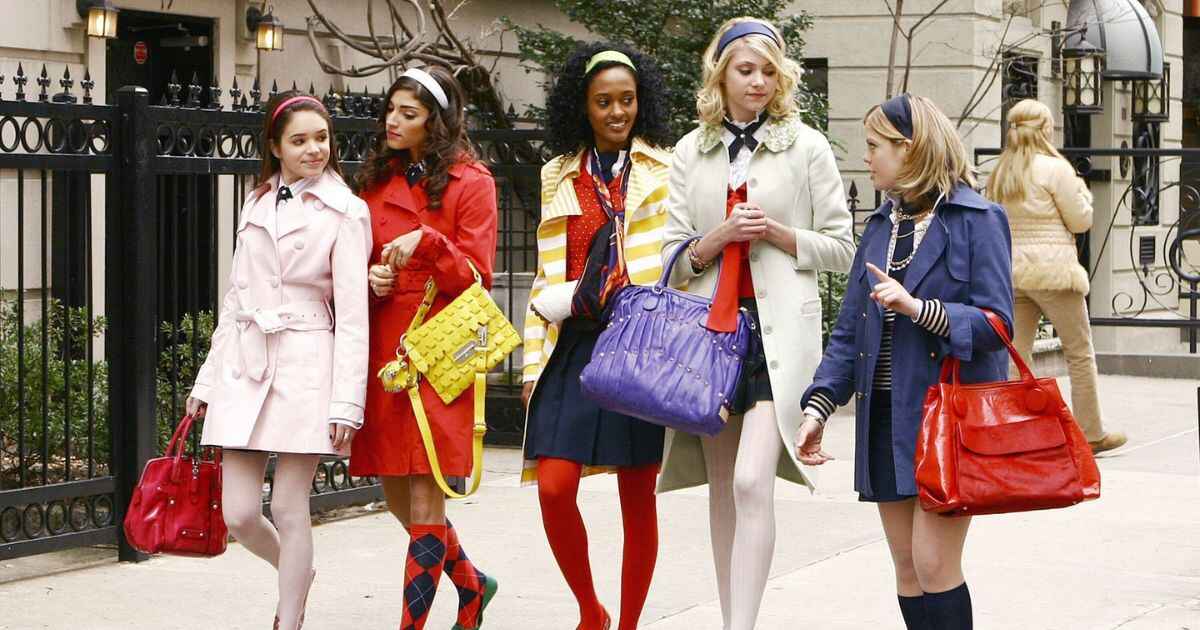
During the Middle Ages, fashion was deeply influenced by social status and practicality. Clothing often reflected one’s class, with elaborate garments and intricate embroidery reserved for the wealthy, while simpler, functional attire was common among peasants.
Fabrics were chosen for durability and warmth, aligning with the period’s harsh conditions. The Renaissance brought a dramatic shift, emphasizing individual expression and aesthetic beauty.
Fashion became more about personal style, with the wealthy displaying elaborate designs and luxurious fabrics. This period saw an increased focus on artistry in clothing, with intricate patterns and vibrant colors highlighting a burgeoning appreciation for personal and cultural expression.
Medieval Fashion: Practicality Meets Social Hierarchy
During the medieval period, clothing still had a practical element, but it increasingly became a way to denote social hierarchy. The wealthy could afford luxurious fabrics like silk and velvet, while commoners wore simpler, more functional garments.
Key Points:
- Nobility: The elite wore elaborate garments that included layers and rich fabrics, showcasing their status.
- Commoners: Clothing for the lower classes was more utilitarian, designed for durability and ease of movement.
Renaissance Fashion: The Birth of Personal Expression
The Renaissance marked a significant shift in fashion, moving towards personal expression and artistic design. The period saw the rise of elaborate and ornate clothing, driven by innovations in fabric and tailoring. This era celebrated individuality through fashion, with intricate embroidery and bold colors becoming popular.
Example:
- Renaissance Gowns: The use of luxurious fabrics such as silk and satin, and the introduction of ruffled collars and elaborate accessories.
The 18th and 19th Centuries: From Function to Formal Wear
The 18th and 19th centuries marked a significant evolution in fashion, transitioning from purely functional attire to elaborate formal wear. In the 18th century, clothing often prioritized practicality and the demands of daily life.
However, as society progressed into the 19th century, the burgeoning middle and upper classes began to embrace more refined and ornate garments, reflecting their social status and cultural aspirations.
This shift was characterized by intricate designs, luxurious fabrics, and an emphasis on style over utility. Men’s suits and women’s gowns became increasingly elaborate, incorporating detailed embroidery, lace, and tailored fits. This period established the foundation for modern formalwear, emphasizing elegance and sophistication as markers of social distinction.
Read This Post: What Do Ultrasound Techs Do?
The Enlightenment and Fashion
The Enlightenment era brought a focus on refinement and intellectualism, which influenced fashion. Clothing became more tailored and formal, reflecting the era’s emphasis on elegance and propriety.
Key Points:
- Tailoring: Clothes were increasingly tailored to fit, enhancing the appearance of sophistication.
- Formal Wear: The concept of formal wear began to take shape, with clothing becoming more structured and less about practical function.
Victorian Fashion: Function and Formality
The Victorian era was characterized by a strict adherence to formality and etiquette. Clothing became highly elaborate and often restrictive, with garments such as corsets and crinolines designed to emphasize the wearer’s status and adherence to societal norms.
Example:
- Corsets: Used to shape the body into an idealized silhouette, often leading to discomfort.
The 20th Century: Revolution and Innovation
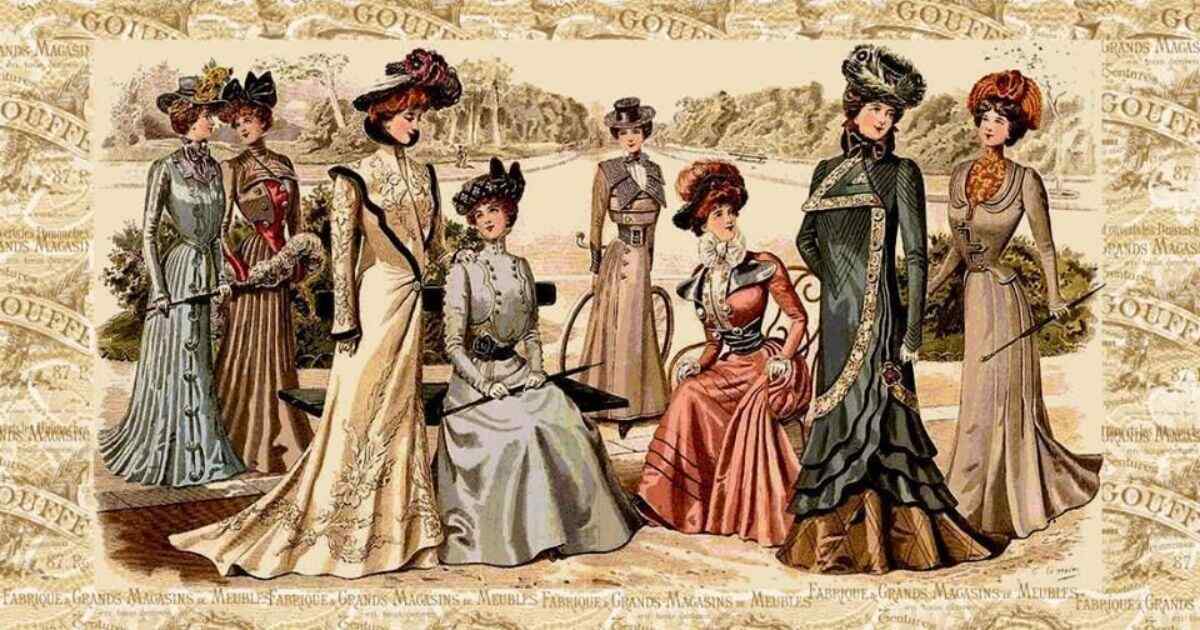
The 20th century was a period of profound transformation, marked by both revolutionary upheavals and groundbreaking innovations. From the aftermath of the World Wars to the Cold War tensions, societies worldwide grappled with political, social, and economic shifts.
This era witnessed the rise of civil rights movements, decolonization, and significant changes in global power dynamics.
Simultaneously, technological advancements surged forward, revolutionizing daily life. Innovations such as the internet, space exploration, and advancements in medicine reshaped human experience, fundamentally altering communication, travel, and healthcare.
Early 20th Century: The Rise of Casual Wear
The early 20th century saw a significant shift towards more casual and practical clothing. Influenced by social changes and global conflicts, fashion began to embrace comfort and functionality, with simpler, more practical styles becoming popular.
Key Points:
- Post-War Fashion: The aftermath of World War I led to a shift towards more relaxed clothing styles.
- Casual Trends: The adoption of casual wear, such as trousers and shirts, became widespread.
Mid-20th Century: Fashion as Expression
The mid-20th century was a period of immense creativity and change in the fashion world. Designers like Coco Chanel and Yves Saint Laurent revolutionized fashion by introducing styles that emphasized personal expression and creativity. This era celebrated fashion as a means of individualism.
Example:
- Chanel’s Little Black Dress: A timeless piece that emphasized simplicity and elegance, becoming a staple in women’s fashion.
Late 20th Century: The Age of Diversity and Subcultures
The late 20th century saw a boom in fashion diversity, with various subcultures influencing mainstream trends. The punk movement, in particular, brought a rebellious edge to fashion, challenging conventional norms and celebrating individuality.
Key Points:
- Punk Fashion: Characterized by ripped clothing, safety pins, and bold statements.
- Diverse Styles: The explosion of different fashion styles allowed for greater personal expression.
The 21st Century: Fashion as a Personal Statement
In the 21st century, fashion has transcended traditional boundaries, evolving into a powerful form of personal expression. Gone are the days when style was dictated solely by trends; today, it reflects individuality and values.
People use clothing to convey their identity, beliefs, and mood, turning everyday outfits into personal statements that communicate more than just aesthetic choices.
Social media platforms amplify this trend, allowing individuals to showcase their unique styles and connect with like-minded communities globally. Fashion is no longer just about following trends but about creating a personal narrative that resonates with one’s self and audience.
Modern Fashion Trends: Individuality and Sustainability
Today, fashion continues to evolve, focusing heavily on individuality and sustainability. Modern trends emphasize personal style, with an increasing number of eco-friendly options available. Technology also plays a role, with innovations like 3D printing making custom clothing more accessible.
Key Points:
- Eco-Friendly Fashion: Sustainable materials and practices are becoming more prevalent.
- Personalization: Advances in technology allow for more customized fashion choices.
Digital Influence: Social Media and Fashion Evolution
Social media has transformed how fashion evolves, making trends more accessible and interactive. Platforms like Instagram and TikTok have become crucial in shaping fashion trends and allowing individuals to showcase their unique styles.
Example:
- Influencers: Social media influencers play a significant role in promoting fashion trends and personal style.
The Future of Fashion: Predictions and Trends
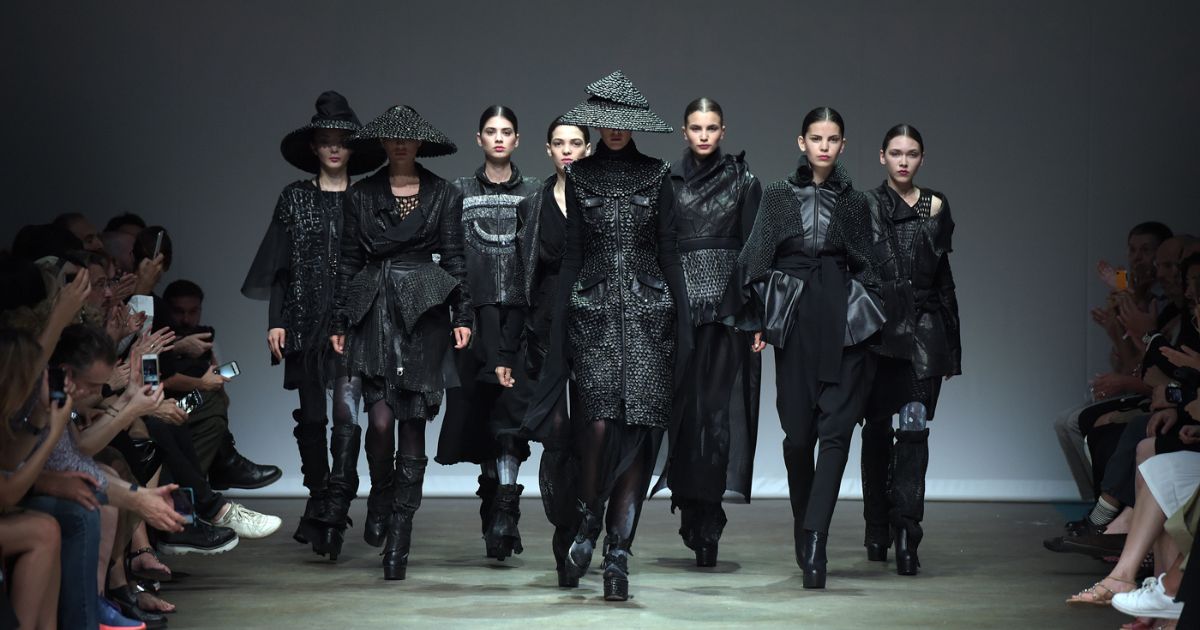
The future of fashion is set to be driven by technological advancements and sustainability. With innovations like 3D printing and AI-driven design, we can expect a more personalized and efficient fashion industry.
Virtual fitting rooms and digital clothing will further revolutionize how we shop, making the experience more interactive and convenient. Sustainability will also be a key focus, with eco-friendly materials and ethical production practices becoming the norm.
Brands will increasingly prioritize transparency, aiming to reduce their environmental impact and appeal to a more conscientious consumer base.
Emerging Technologies and Fashion Innovation
The future of fashion is set to be shaped by emerging technologies. Innovations such as AI-driven design and virtual fashion shows are likely to revolutionize how we experience and interact with fashion.
Key Points:
- 3D Printing: Potential for custom-made clothing that fits perfectly.
- Virtual Fashion Shows: New ways to present fashion collections digitally.
The Continued Evolution of Fashion Expression
Fashion will likely continue to evolve, blending function with personal expression in new and exciting ways. As technology advances and societal norms shift, we can expect to see even more innovative and diverse fashion trends.
Example:
- Virtual Clothing: The rise of digital clothing that can be worn in virtual environments.
Conclusion
Understanding the fashion evolution from function to expression offers valuable insights into how clothing has changed over time. From its practical origins to its role as a powerful form of personal expression, fashion reflects our changing values and technological advancements. By appreciating this evolution, we gain a deeper appreciation for modern fashion trends and their historical roots.
